Styling Chardonnay at Ocean Eight
Mike Aylward from Mornington Peninsula’s Ocean Eight was one of the pioneers of a fresher chardonnay style, unencumbered with overt winemaking tricks.
While bright and fruity white wines were tantalising the drinking public in the late 1970s, reds had taken a backseat. Riesling had been planted in ideal locations in the Clare and Eden Valleys, but its economic buoyancy also saw it planted almost everywhere else, too. Chardonnay was also sinking its teeth in, and it would bite hard and deep.
Poorly sited chardonnay grown in the most unsuitable territory of the Barossa Valley was worth double that of old vine grenache, while riesling was about 40 per cent more valuable than shiraz. It’s hard to reconcile that now, but the economics were a stark reality for growers at the time. There was a state-wide surplus of about 10,000 tonnes of red grapes after the 1982 vintage, and something had to be done.
The ‘vine pull scheme’ represents one of the darkest periods in Australian wine history, but it resulted in small makers rallying together to preserve a precious resource before it was lost, and it also focused the spotlight on the true value of old vines. Those makers were the fulcrum for writing a future where those heritage vines have taken centrestage.
That appreciation for wine made from genuinely old and ancient vines became a touchstone for Australian wine. Indeed, it is arguable that the passage of Australian wine’s appreciation for those venerable plants and the marketing of the wines with proud vine-age declarations influenced makers around the world.
In Europe, old vines often do not have the same cachet, with many abandoned due to the plants becoming unproductive. The older a vine, the less it produces, but it generally, though not always, produces wines of greater concentration. Additionally, an old vine, with its roots plunged deep into the geology, tends to be more resilient, with greater access to groundwater.
Those grapes become a good prospect for wine sold at a premium, but historically much wine made in Europe was destined for simpler purposes, and the economics of old vines did not add up. Much has now changed, with many abandoned vines being rescued and old vine bottlings not uncommon (labelled ‘vieilles vignes’ in France, for example).
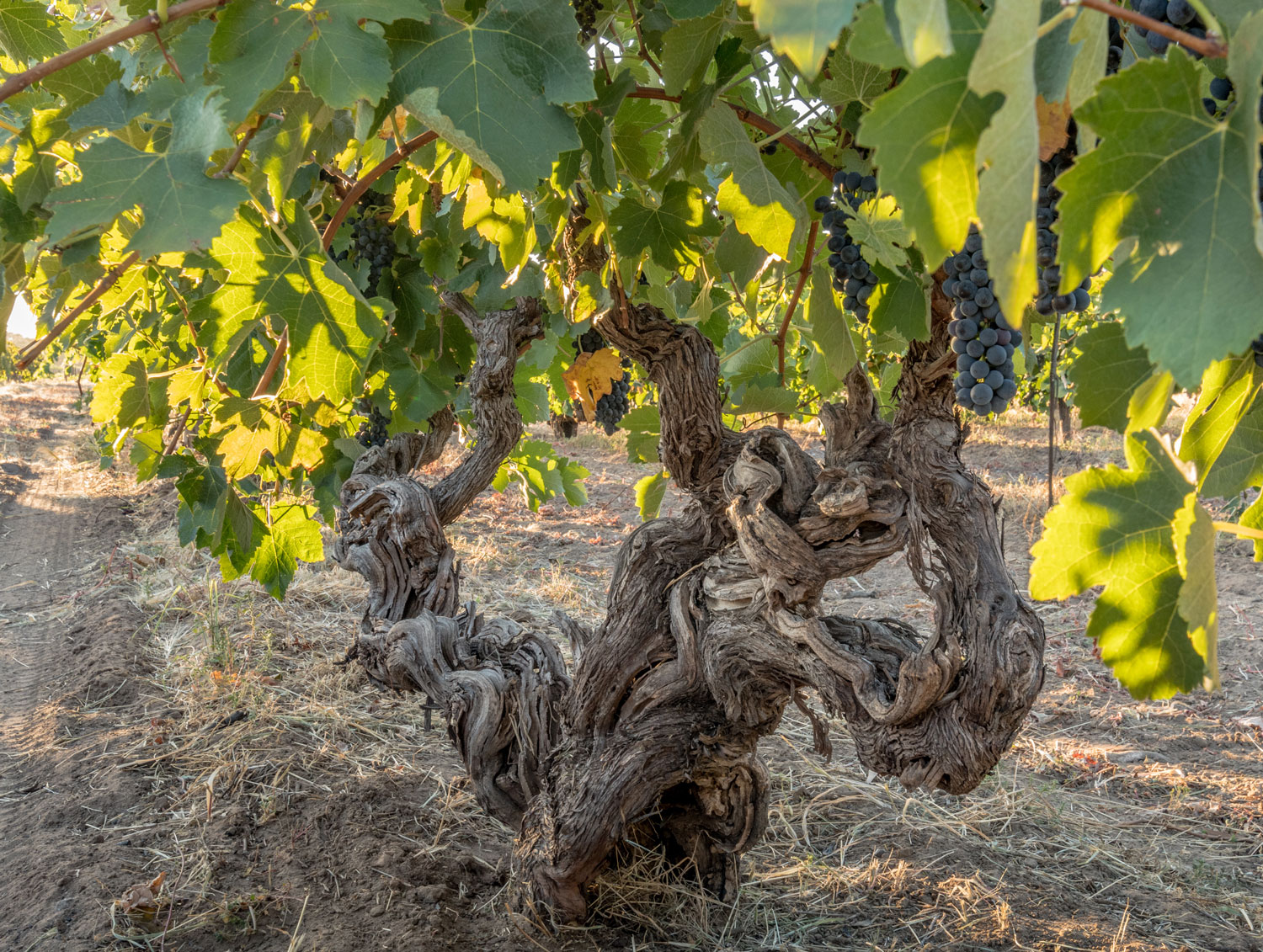
That European dilemma of uneconomic plants was mirrored in Australia in the latter half of the 1970s and well into the ’80s. It was not a new problem, either, with the fortunes of wine in this country following a cycle of thunderous booms and devastating busts. In Victoria, a once thriving 19th century Yarra Valley wine industry was totally wiped out by the 1920s through changing tastes and extended periods of economic hardship.
That regions like the Barossa survived as well as they did was largely due to their suitability for making fortified wines, as well as a pivot to furnish that market with grape spirit by distilling excess production, as well as planting varieties like pedro ximénez for making Sherry lookalikes. Without fortified wines, many of the old vines we cherish now would have met their fate long ago, and indeed too many did not survive the wine glut of the ’70s and ’80s.
In 1985, the South Australian government funded a scheme to run until ’87 to pay grape-growers to remove unprofitable vines (a similar scheme also operated for orchards). That legislation saw hundreds of hectares of old vines removed, but it was something that was already underway before the scheme commenced. Established vines were already being grafted over to chardonnay, while others were removed to plant chardonnay and riesling.
Many shiraz and grenache vines were removed in the scheme, and many of them were considerably old, which quickened the dramatic decline for grenache in particular. Grenache had been Australia’s most widely planted grape for a long time, but it went on an almost terminal slide to now occupy just over one per cent of vineyard land. With makers in the Barossa, McLaren Vale and Western Australia’s Swan Valley now focusing on the grape, it is finally making a recovery, increasing in value and also being planted once again.
Peter Lehmann, who was Saltram’s chief winemaker during the 1970s, had famously stuck up for growers when the red wine glut hit. The Saltram management had declined to take fruit, but Lehmann stuck by a handshake agreement and founded a company to buy and process the grapes, with the begrudging blessing of the Saltram board. In 1979 the company changed hands and the new owners were not so understanding, prohibiting Lehmann from making wine on the side.
A project that was initially started as a one-off became the foundation of what would become Peter Lehmann Wines. In 1980, the famous weighbridge was built, as was a winery, and Lehmann began what continues as a great Barossa tradition to this day, where the growers weigh their harvest and gather around the weighbridge for a beer and a chat once the dust has settled.
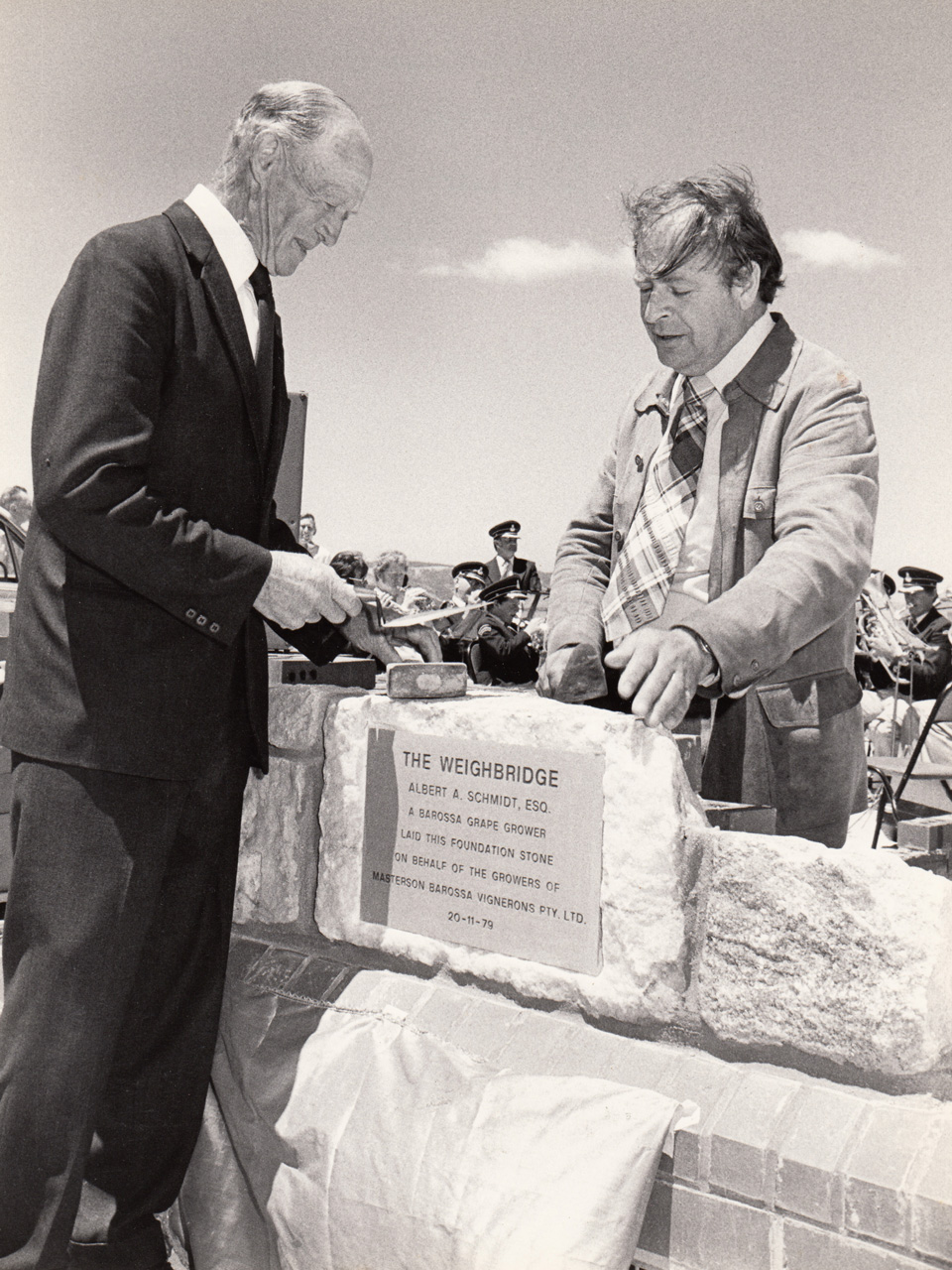
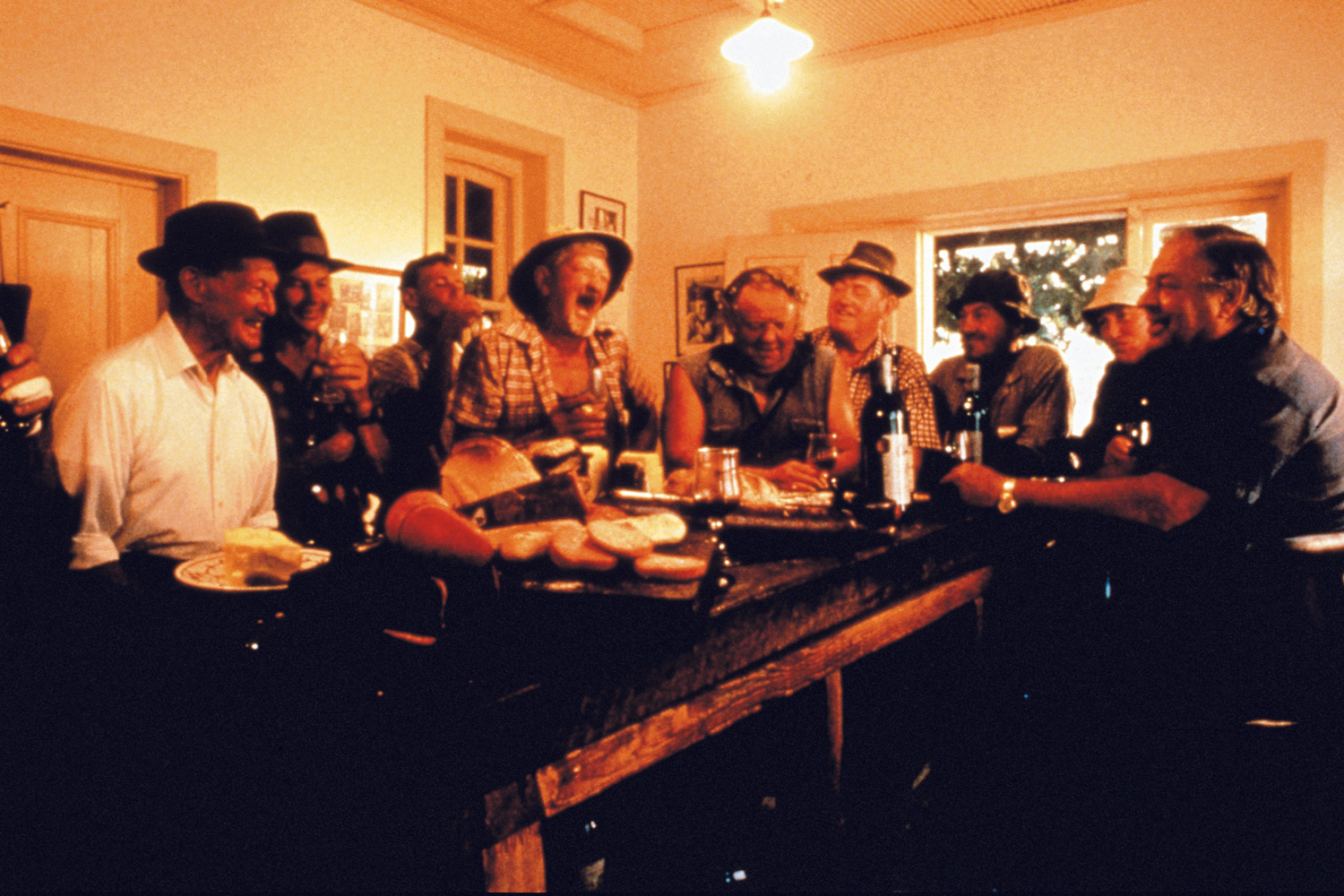
Lehmann was a vital part of supporting growers through the ’80s, making a viable business for himself and encouraging the retention of vines that might otherwise have been destined for subsidised destruction. But he was not alone. Robert O’Callaghan, a bastion of Barossa tradition, founded Rockford in 1984, while Neil and Lorraine Ashmead (Elderton Wines) stumbled into winegrowing in 1980.
First planted in 1894, the vineyard surrounding the Nuriootpa house that the Ashmeads were considering purchasing was offered as a bonus for buying the homestead. That may seem a considerable asset now, but 30 hectares of old vines that had been derelict since 1975 was more a burden at the time, and especially during a significant glut. The Ashmeads were undeterred, restoring the vineyard and opening a cellar door in the middle of the ’80s at the height of the wine crisis. St Hallett also opened a cellar door, a significant move at the time, while both Grant Burge and Charles Melton established their iconic wineries.
Robert O’Callaghan had already laid some of the seeds of the recovery prior to Rockford, with his development of St Hallett alongside Carl Lindner. O’Callaghan was appointed chief winemaker in 1972 after Lindner had bought back the family business, and he rescued a struggling enterprise in the middle of a crisis. Interestingly, at a time when old vines were being shunned, O’Callaghan made the first St Hallett ‘Old Block’ Shiraz in 1980. It would become an icon, and arguably the first Barossa wine to feature old vines on the label.
It was also a time when long-term growers were going out on their own. With four generations working as grape-growers, the Schrapel family established Bethany in 1981, while an equally venerable family of growers was planning their own foray into making wine.
The Schulz family had been farming their Tanunda vineyard since the 1860s, but the 1980s hit them as hard as most growers of the time, with the 1847 vines coming perilously close to being removed in 1987. That year was a watershed moment for the Schulz family, taking their destiny in their hands. While they continued to sell fruit, they also started to make wine, establishing Turkey Flat, with the first commercial vintage coming in 1990.
The work of these small growers led to a boom in Australian red wine, and their efforts have a resounding impact to this day.
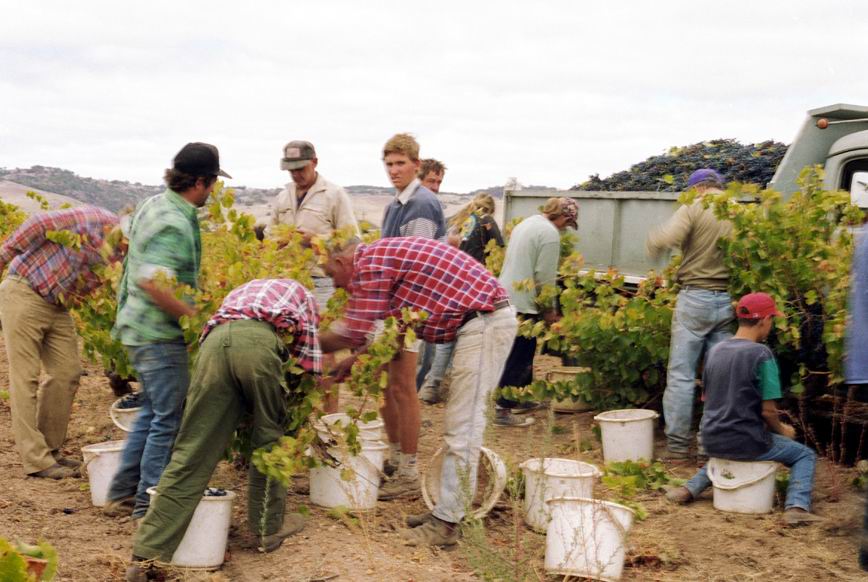
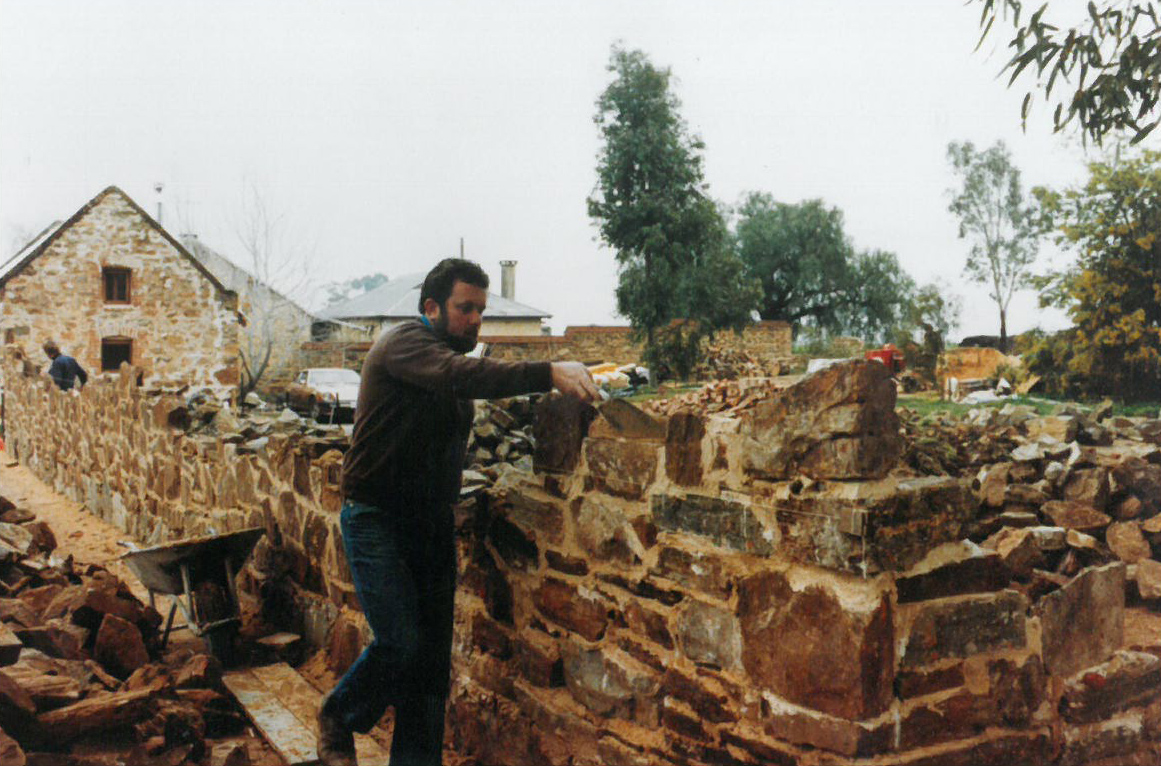
When most people think of Hunter Valley wine, it’s probably semillon and shiraz that come to mind. But there’s 80 per cent more chardonnay than semillon in the region, while shiraz is a long way further back. In fact, there’s also a lot more verdelho than either of those marquee grapes. Today, while many associate chardonnay with cooler regions, the chardonnay boom can reasonably be connected to the Hunter.
Chardonnay was imported by James Busby in the 1830s, with him planting it in the Sydney Botanic Gardens and his property in the Hunter, Kirkton. There’s not much documentation of chardonnay being made in the years that followed, and it all but disappeared from sight. It is thought that chardonnay was planted in Mudgee from Busby’s material at Craigmoor vineyard around the 1920s, though it slipped into obscurity there before being identified by a French ampelographer in the late ’60s.
Around the same time, Murray Tyrrell had famously hopped the fence to pocket a cutting from a Penfolds HVD vineyard, making the first Tyrrell’s ‘Vat 47’ Chardonnay (though it was labelled Pinot Chardonnay until the 90s) in 1971. That wine had considerable success in the ’70s, exploding in popularity in the ’80s, where it was joined by a raft of competitors. Tyrrell’s subsequently acquired that HVD (Hunter Valley Distillery) block (they also make a varietal chardonnay from the 1908 vines).
Len Evans had founded Rothbury Estate in the late 1960s, and its growth was strong as the early ’70s saw a brief boom in red wines and semillon, which accounted for the majority of Rothbury’s vineyard holdings. Come the white wine boom of the late 70s leading to the start of the chardonnay boom and Evans knew he needed to adapt.
Evans was familiar with a large vineyard in Cowra that had been planted to Chardonnay in 1972. In fact, it was the site where Brian Croser sourced the fruit for his first vintage of Petaluma Chardonnay in 1977 – a wine that would become an icon of Australian chardonnay in the ’80s and ’90s, although made from Croser’s Adelaide Hills vineyard. Evans convinced the board to buy the site in 1981, and it was a move that both saved a flailing Rothbury and contributed to the boom of economical, good-quality chardonnay.
Also in the Hunter, Bob Oatley was building his own dynasty beginning in 1969, and chardonnay became a cornerstone. Oatley had made plenty of money in the coffee business in New Guinea, with an initial diversification in grape-growing leading him to ditch the beans for the hard stuff in 1975, building a new winery on his 600-hectare Denman property, Rosemount.
Oatley had never intended to make wine, but rather sell the grapes while he ran cattle and bred thoroughbred horses. With red wine slumping in the ’70s, many of the grapes Oatley had planted were hard to sell, and he saw an opportunity to both make and brand his own wine, while also recognising the promise that chardonnay was beginning to show, making his first in 1979.
The ’80s saw Oatley’s Diamond Range and flagship ‘Roxburgh’ Chardonnay debut, with the winemaker at the time, Phillip Shaw, crafting the first ‘Roxburgh’ in 1983. That was a big, ripe, rich and oaky wine, and it set the scene somewhat for what was to come. Over the decade, Shaw tinkered with the style, employing malolactic fermentation, fermentation in barrel and the use of wild yeast. It varied much over the years, but most of the wines were opulent buttery affairs, and they influenced styles around the country.
To say that wine, and the winemaking of Shaw, was influential is an understatement. The 80s became known as an era of excess and that was mirrored in the chardonnays of the time, though while the culture of greed that the ’80s is so often tagged with came to something of a halt after the 1987 stock market crash, chardonnay rolled on in ostentatiously rich fashion through the 90s.
Although very much in fledgling form, another region that was to become known for one of Australia’s finest chardonnays was taking shape, with Rick Kinzbrunner planting Beechworth’s Giaconda in 1982 and Barry and Jan Morey following in ’86 with Sorrenberg. On the other side of the country a challenger for our top chardonnay was already making a big splash, with Leeuwin Estate launching their iconic version in 1980, and many of the wines of the decade, perhaps most notably the 1987, etching out a reputation for Australian chardonnay that would resonate around the world.
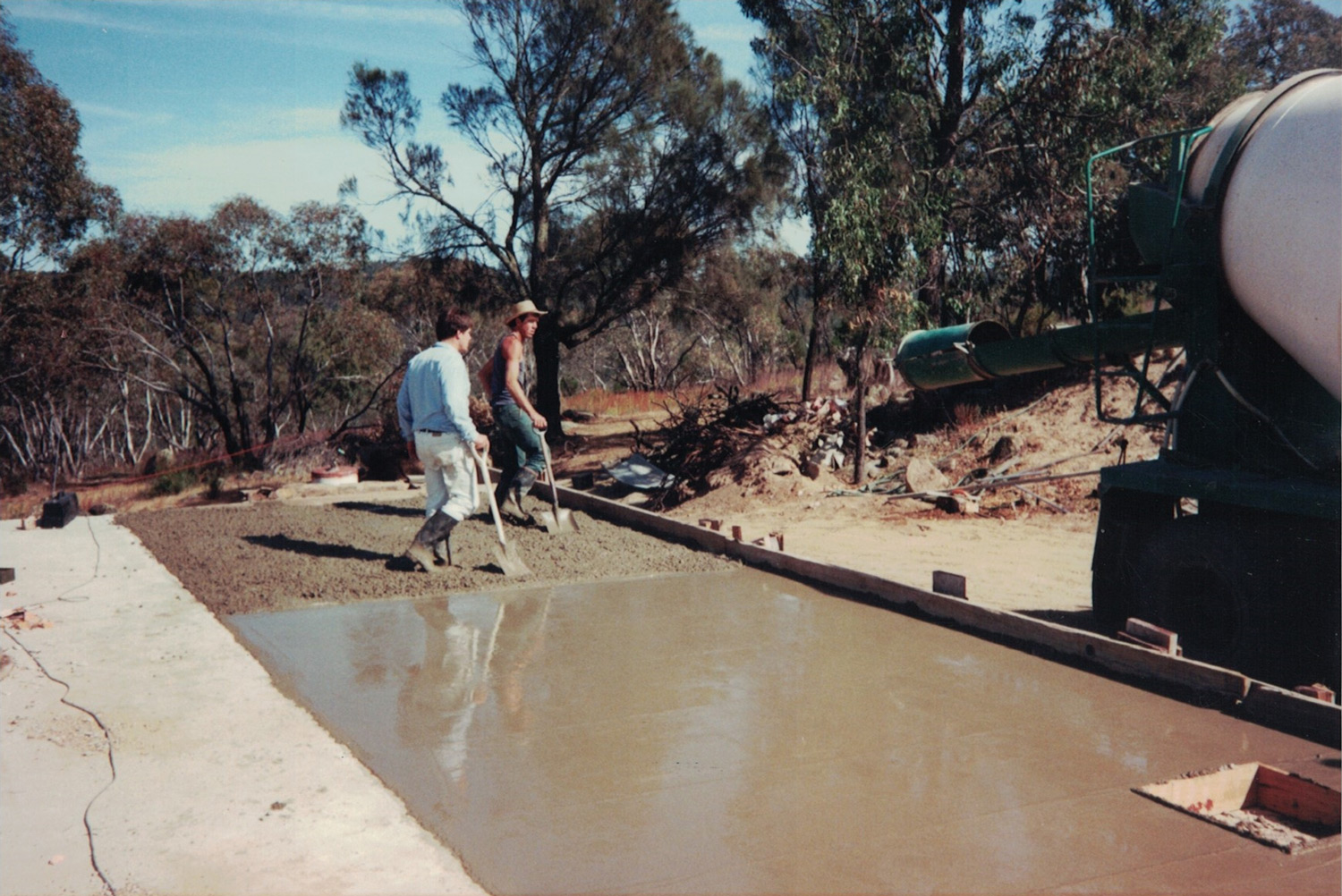
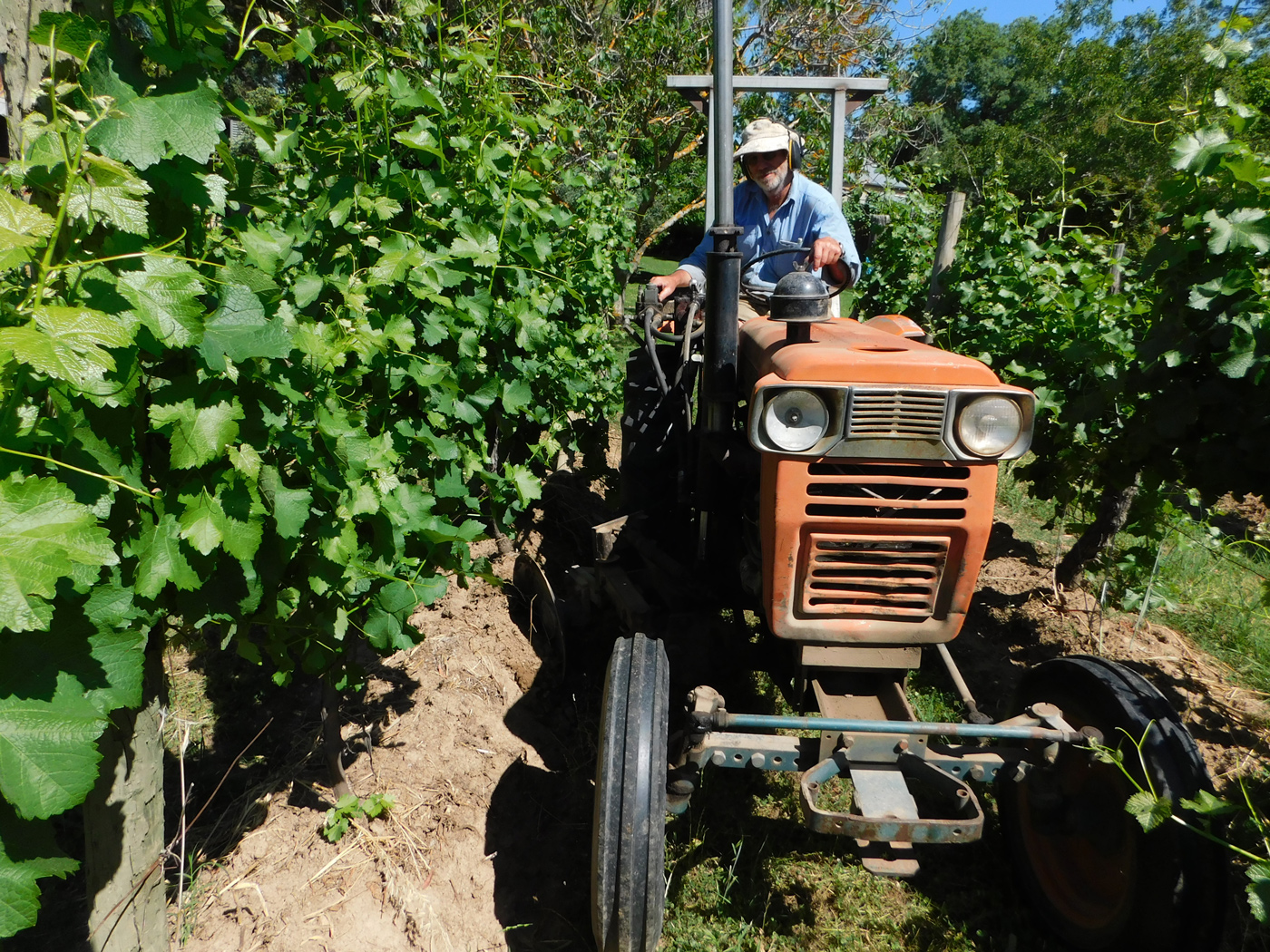
Until 1980, wine consumption had a steady upward trend in line with population growth. After 1980, the production had an exponential increase, while consumption continued its steady upward arc. All that wine was going somewhere, though, with the decade the real beginning of Australia being a serious player on the world wine stage and often with wines made solely for export.
One of Australia’s greatest wine success stories was not even available in the country until six years after its launch. Lindeman’s ‘Bin 65’ Chardonnay debuted in Canada in 1985 to an enthusiastic reception, with the Unites States offering just as warm a welcome. In 1991, the wine became available at home, where it quickly became a market force for sunny and soft chardonnay at a very economical tariff. It was the precursor to brands such as Yellow Tail that would take international markets by storm.
The Mornington Peninsula was also just starting to take shape in the ’80s, with the first commercial vintage of the modern era coming from Main Ridge Estate in 1980. A pinot noir, pinot meunier and cabernet sauvignon were released the following year. It was the latter grape that was seen as the future of the region, even if the former would soon come to dominate plantings along with chardonnay.
Notable vineyards followed with Garry Crittenden planting Dromana Estate in 1982 and Rick McIntyre establishing Moorooduc Estate a year later. Both favoured Bordeaux varieties, following the best climate data at the time, which very much pegged the region as sharing many characteristics with Bordeaux. Brian Stonier had planted chardonnay and pinot noir at his eponymous estate in 1978, but he had an eye to sparkling wine at the time.
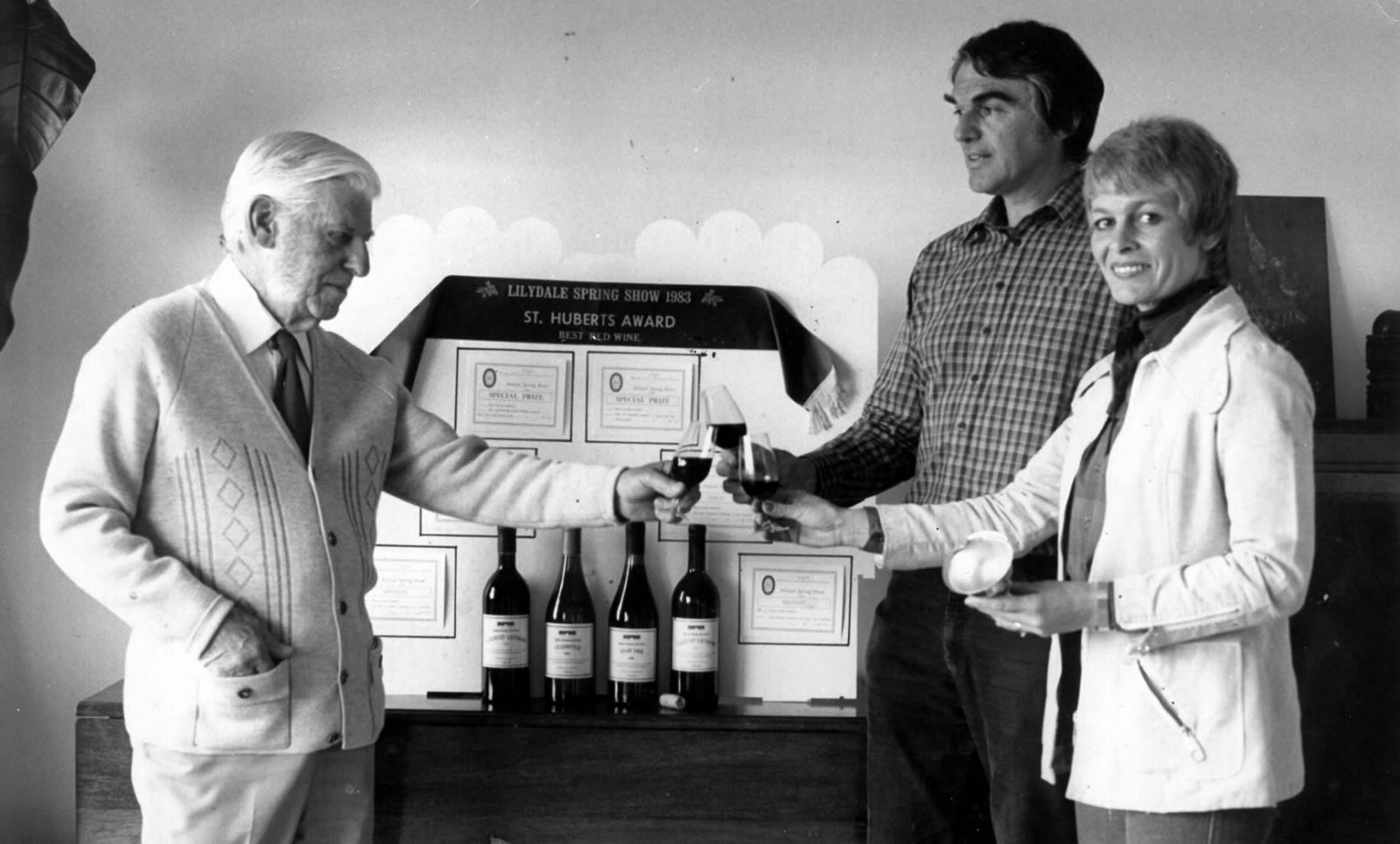
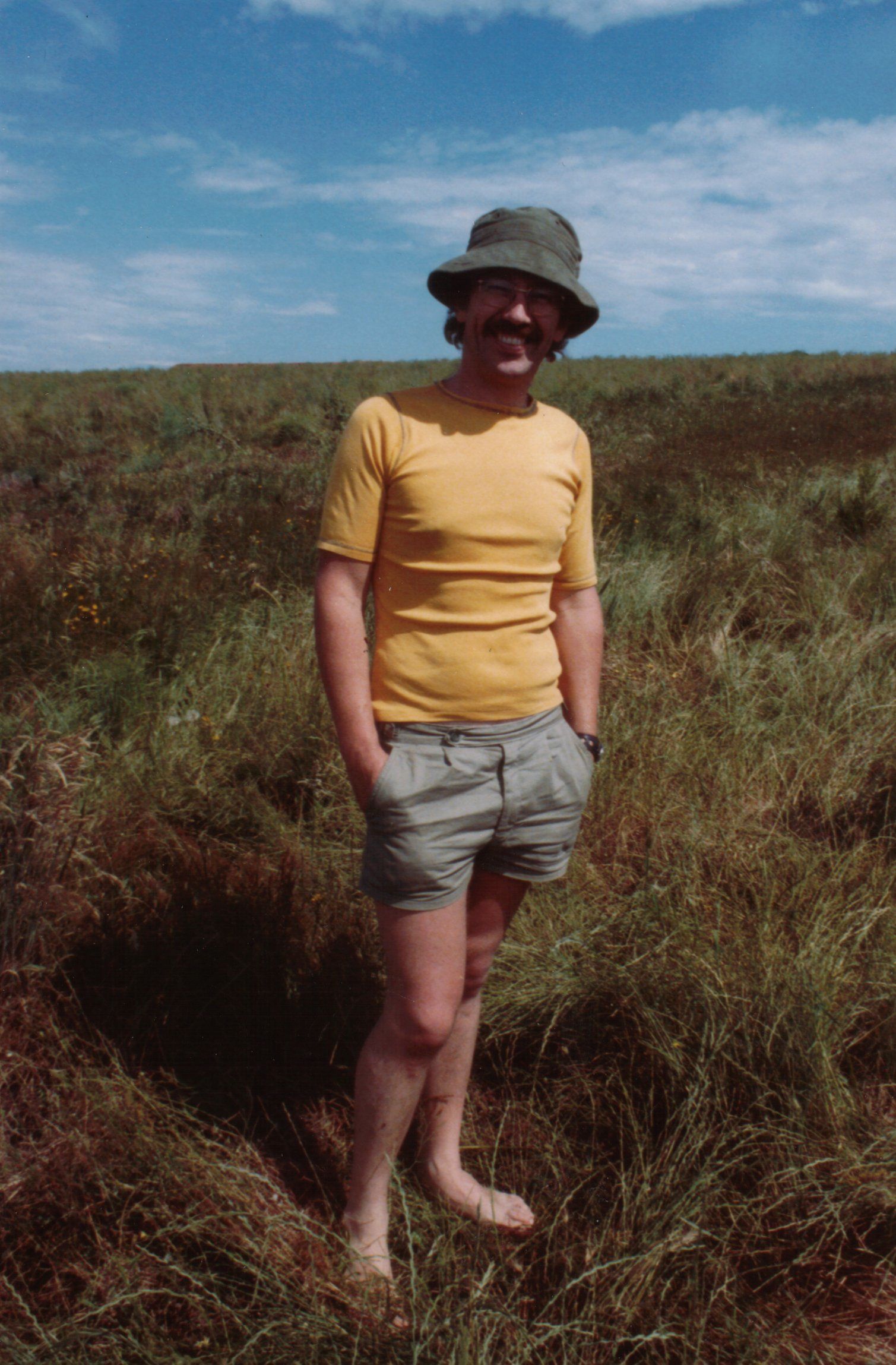
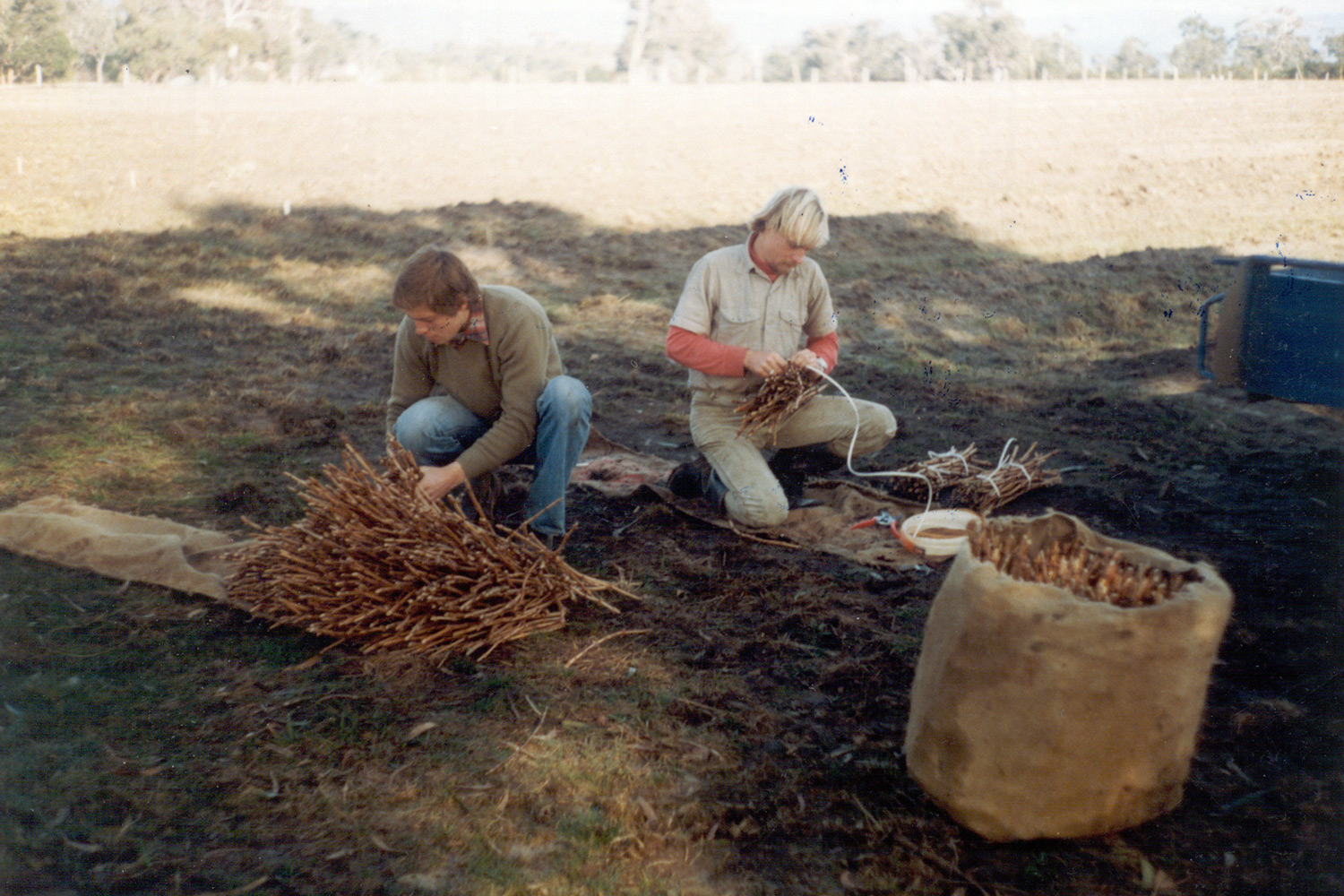
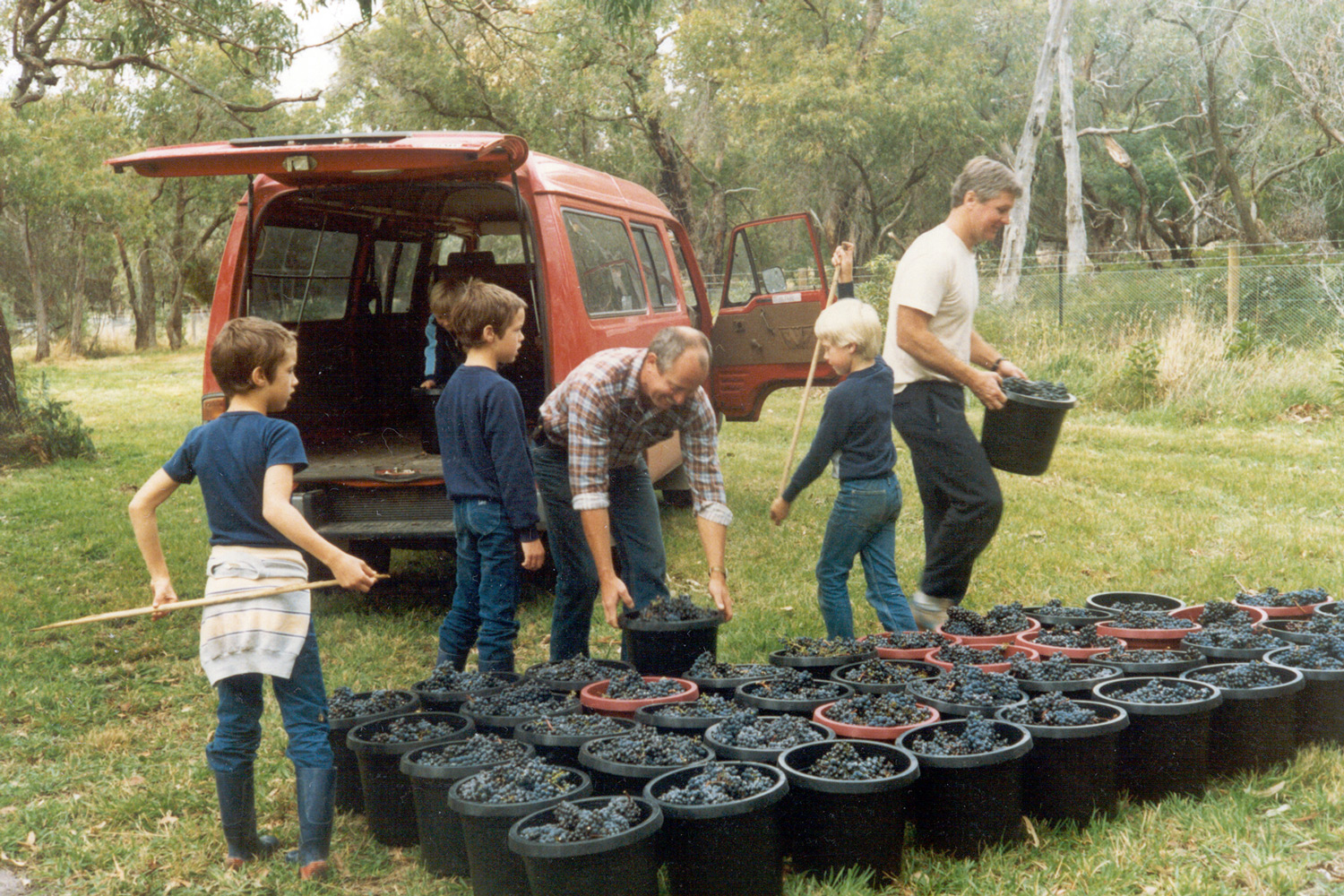
It wasn’t long before Crittenden – a seasoned horticulturist – realised that cabernet was a poor choice and began to plant chardonnay and pinot noir. Others took the cue, with Eldridge Estate, Paringa Estate and Hickinbotham of Dromana following suit when they established their vineyards through the ’80s.
In 1992, the scientific record was corrected somewhat, with agronomist Dr John Gladstones, who had mapped Margaret River’s suitability for cabernet, declaring that the Mornington Peninsula “would appear to be one of the few regions of Australia where the precise characteristics of the great Burgundy wines (both red and white) might reasonably be aspired to.”
Mornington’s change of course was a not uncommon one, with Tasmania also correcting after going down the Bordeaux route. In fact, in the ’80s, while the Mornington’s modern pioneers were realising the error of their ways, Tasmanian growers were given encouragement from the wine critics of the day. After a gold medal for Heemskerk’s 1976 Cabernet Sauvignon (from a vineyard at Legana) at the Royal Melbourne Wine Show, the 1981 Heemskerk and 1981 Pipers Brook famously won two of the six gold medals awarded in the Hobart Wine Show, also in 1981, which featured wines from around the country.
James Halliday, who was beginning to be the influential wine writer that we know so well, was similarly excited about the prospect of Tasmania for the cabernet family. This kind of success invariably encourages producers to follow a similar path and cabernet was preferentially planted for a while. And though there are still successful makers of Bordeaux varieties, like Mornington it wasn’t too long before the region pivoted to the more suitable Burgundian varieties, with aromatic whites following close behind and cabernet now a mere blip.
While the potential of Tasmania was often talked of – with both suitable and unsuitable varieties touted – it had hardly taken off in the 1980s in volume terms. Indeed, the island state only had 47 hectares of vines planted by 1986, but the interest in its potential was certainly drawing a lot of attention.
In 1985, a partnership was formed with the revered Louis Roederer Champagne house and Tasmanian pioneer Heemskerk, founded by Graham Wiltshire along with wine merchant Bill Fesq and Colin Haselgrove from Reynella Wines. That international union would see the Jansz brand born, but the relationship was a fractured one and Jansz was later acquired by Robert Hill-Smith of Yalumba.
Brothers Andrew and David Pirie had planted their Pipers Brook Vineyard adjacent to and at the same time as Wiltshire, in 1975, but it was not until 1995 that they released their first sparkling wine under the Pirie label. The Jansz and Pirie labels were resounding successes and helped shape the sparkling wine industry that is so integral to the Tasmanian wine story, encouraging companies like Hardys to invest heavily around the turn of the century, resulting in iconic brands Bay of Fires and Arras, with Ed Carr fashioning sparkling to rival Champagne.
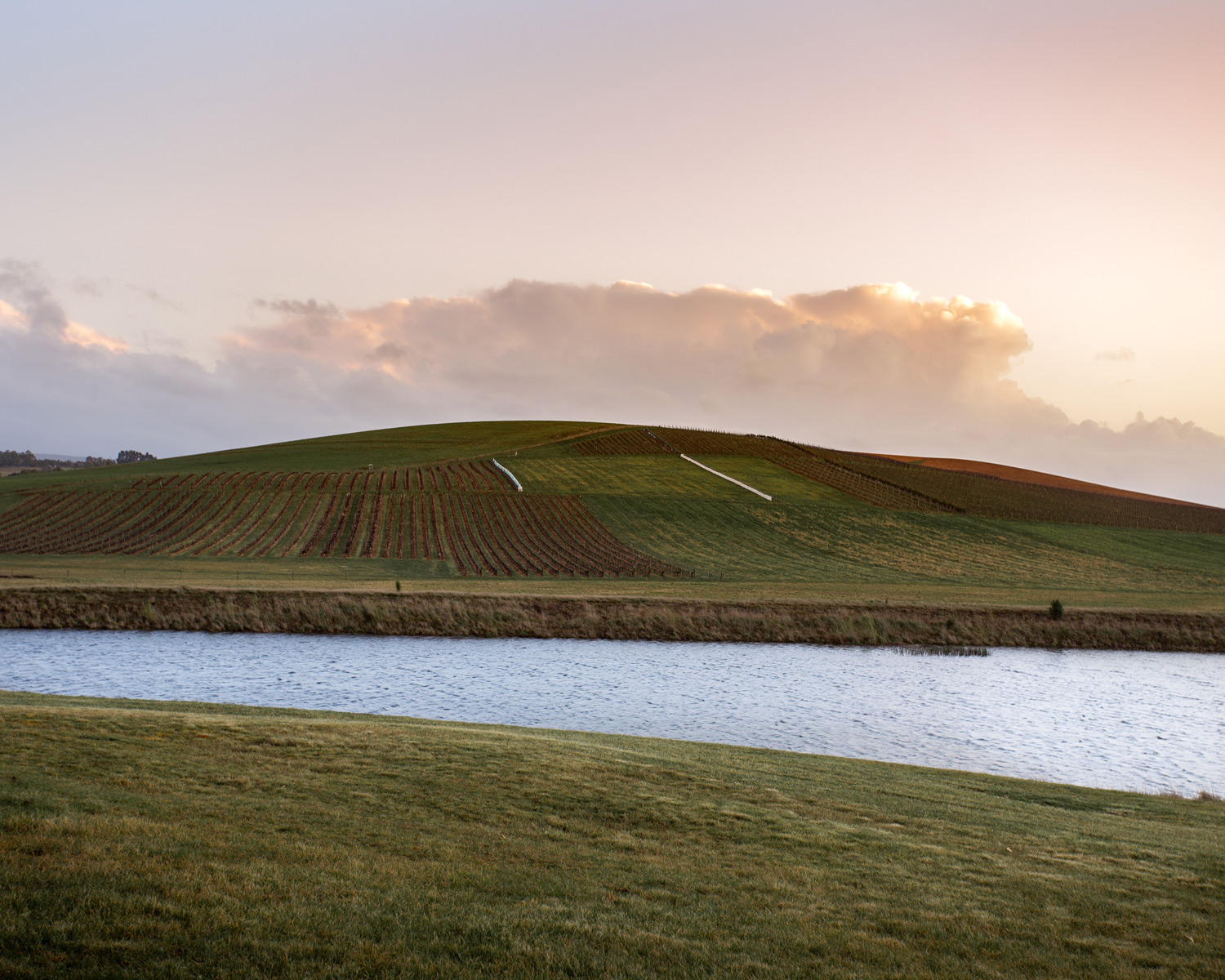
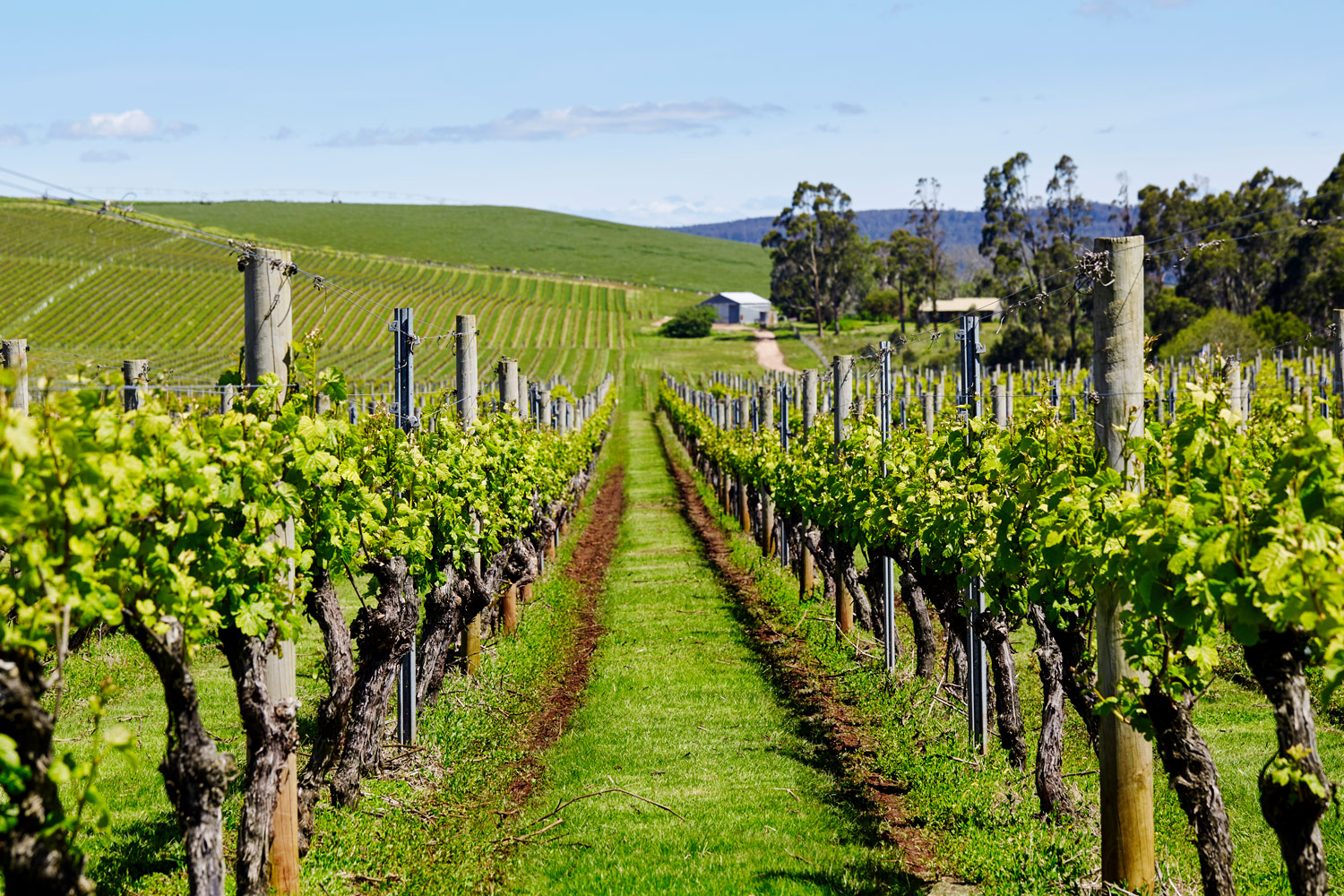
On the mainland, Moët & Chandon established a Domaine Chandon outpost in 1986 in Victoria’s Yarra Valley. They had established a similar facility, for still and sparkling wine, in the Napa Valley, USA, as well as Brazil in 1973, preceded by one in Argentina in 1959. It was a big statement about the viability of Australia for high-quality sparkling wine and it encouraged plenty of planting in the Yarra, with many of those cooler sites in the Upper Yarra now be being used for high-quality still wine, as a consequence of both warming seasons, the vines reaching greater maturity and changing tastes.
The 1980s were a period of growth, a time when exports increased, when heritage destined for the bulldozers blade was saved by both mavericks and old grape-growing families. It was an era when chardonnay became the leviathan that still dominates white wine in the country to this day. And it was an era when our cool climate regions were beginning to understand their territory, setting the scene for a new chapter in Australian wine in the decades that followed.
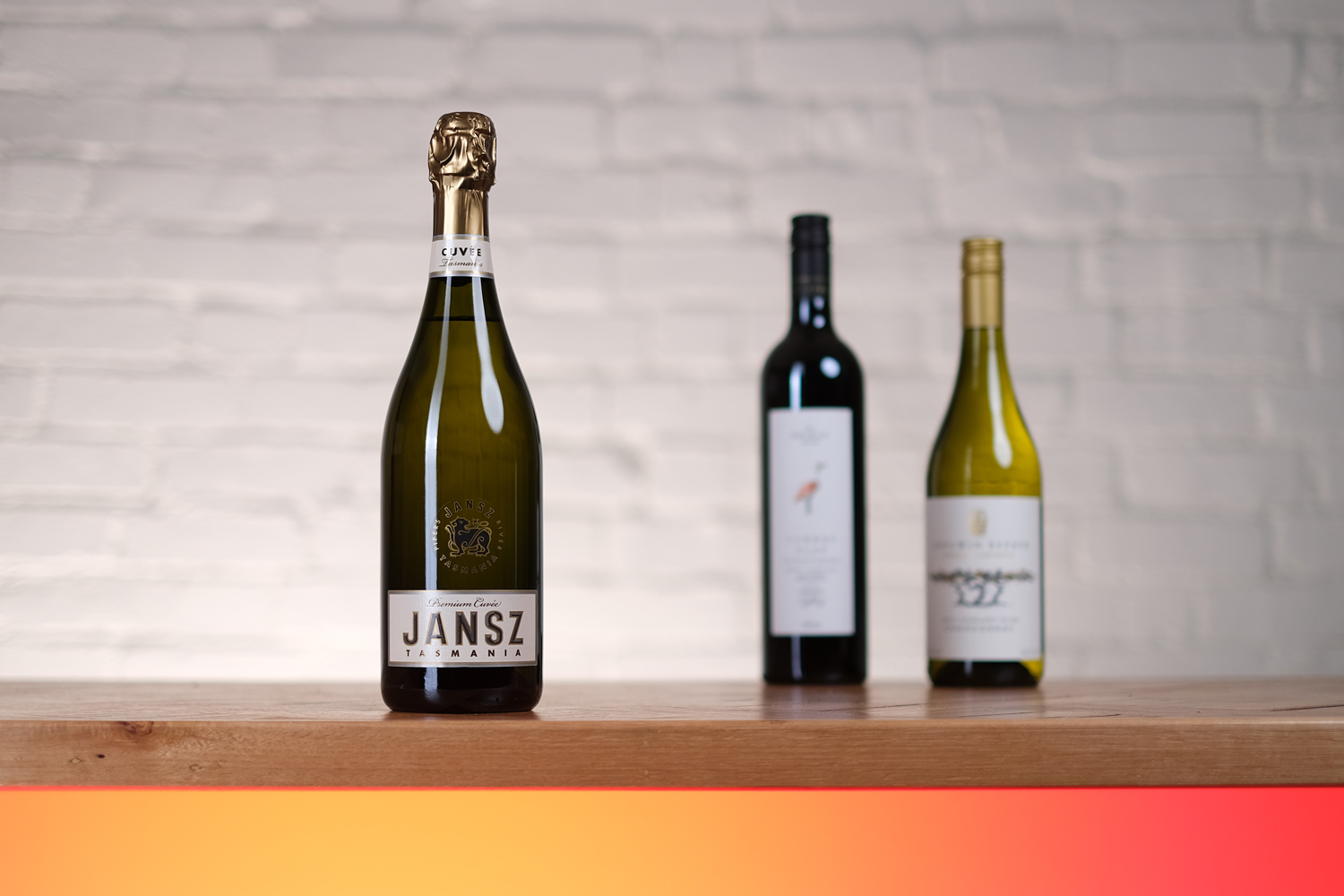
The colour is a pale but lustrous lemon gold. On the bouquet there are a few citrus flavours, including lemon and grapefruit, along with a hint of wild strawberry. There is also a yeasty component with sweet brioche overtones in the mix. Once in the mouth there is a creamy texture with just a hint of butter. The bubbles are tiny and softly tingle your tongue, with the citrus flavours persisting all the way to the aftertaste, which is quite dry with soft but persistent acid.
Available from Vintage Cellars.
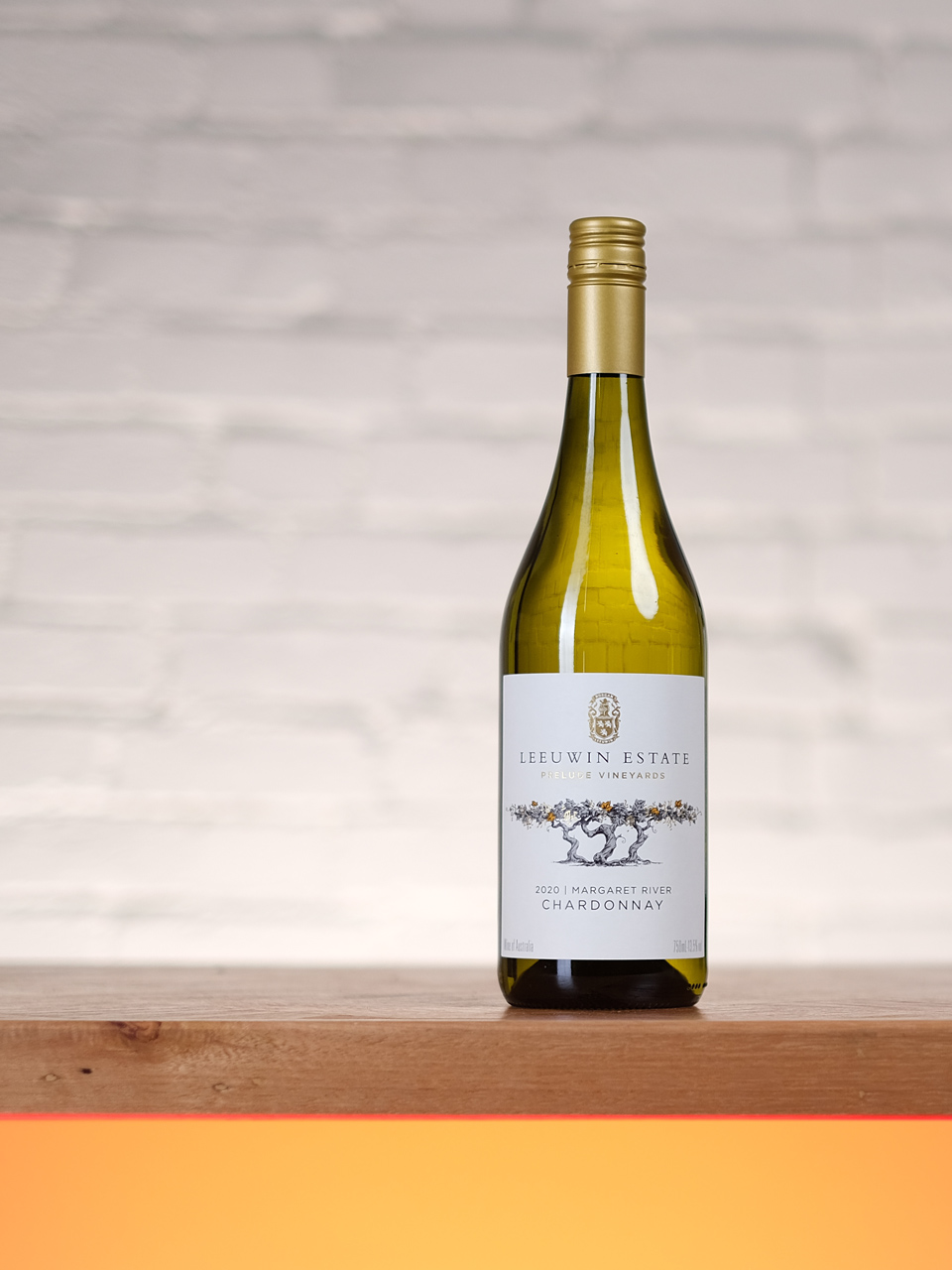
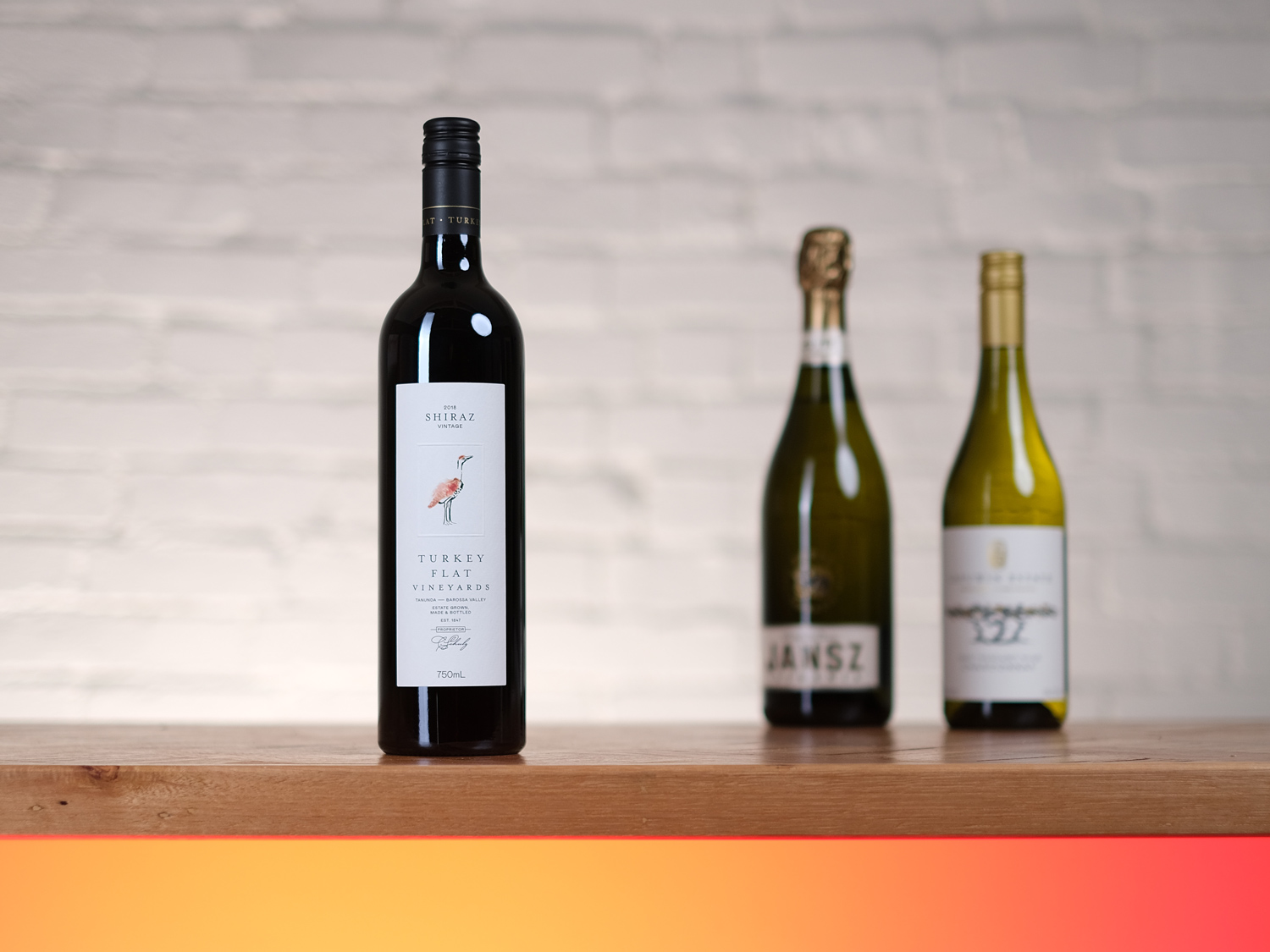
There is an abundance of spicy oak flavours with underlying fruity notes, including peach, apricot and mango. All these flavours intermingle on the palate along with grilled nuts across a rich and viscous texture. The stone fruit flavours follow right to the end of a palate that is defined with balanced crispness from acid and a subtle bite from grape tannin. The wine is an intriguing blend of delicacy and power.
Available from Vintage Cellars.
The aromas are a heady mix of stewed plums, raspberries and spicy, dusty, vanillin oak with an overlay of liquorice adding up to a complex brew. The palate is quite tight with the fruit flavours taking prominence over the wood. While still early in its evolution, the finish has plenty of tannin biting at the back of the tongue as well as fairly high acid levels that add to the length of the aftertaste.
Available from Vintage Cellars.
Please sign in or create account as candidate to bookmark this job
Please sign in or create account to save this search

Please sign in or create account as candidate to create a resume